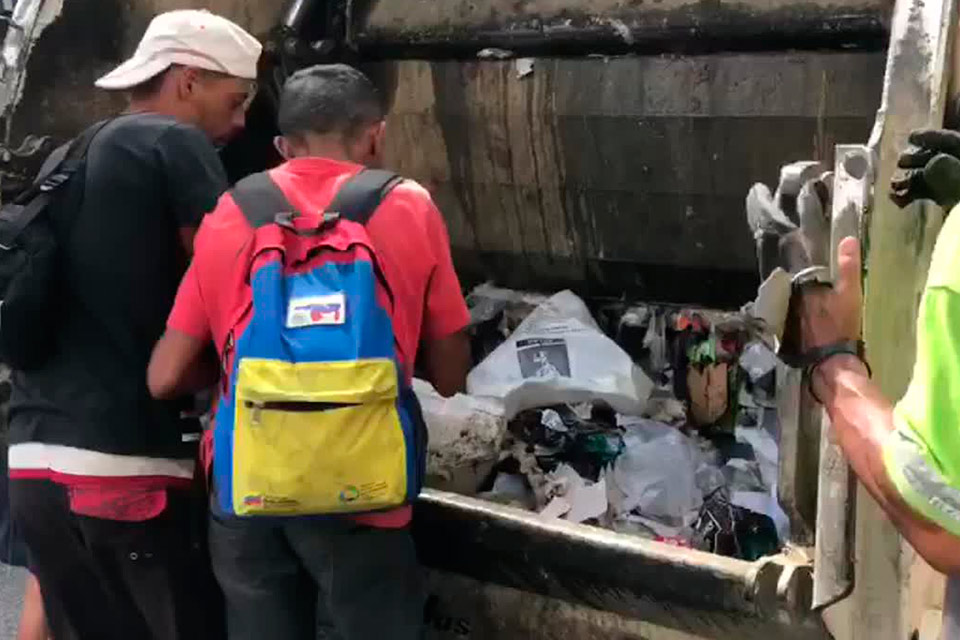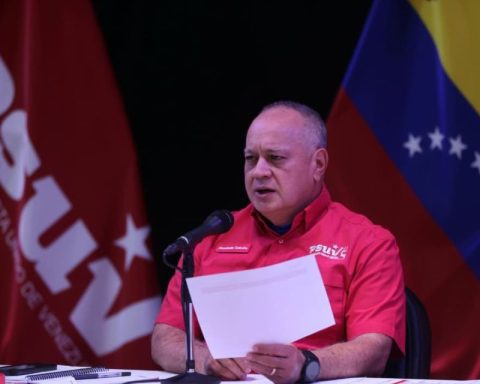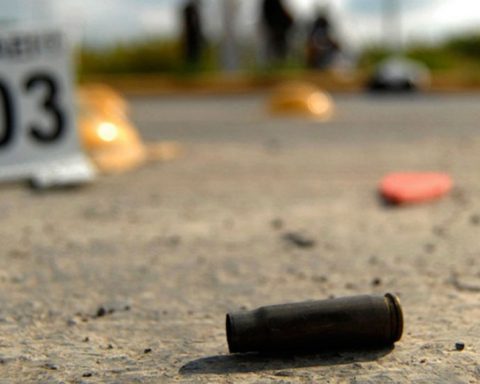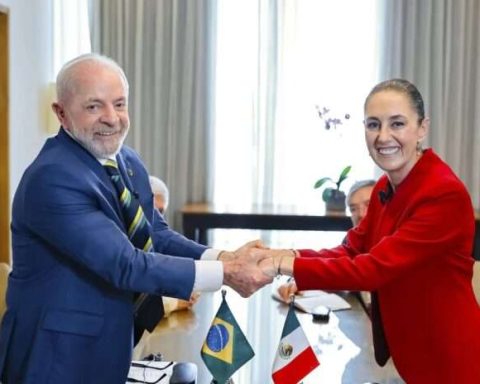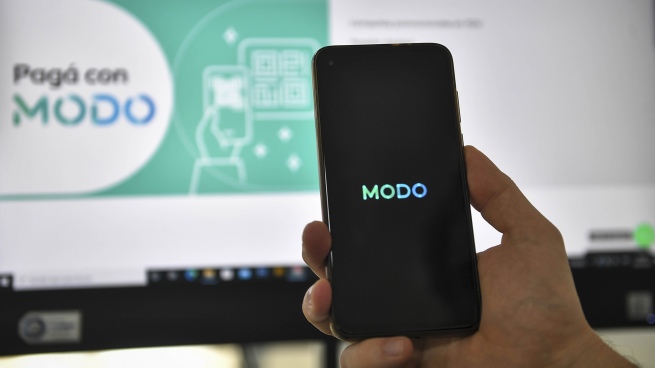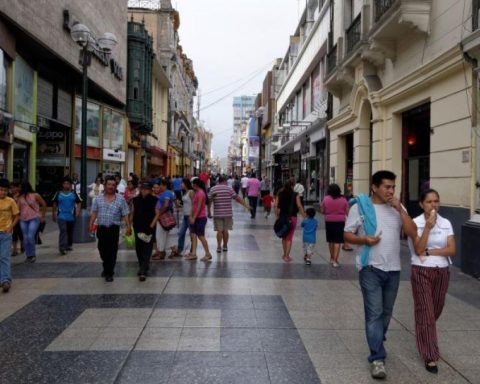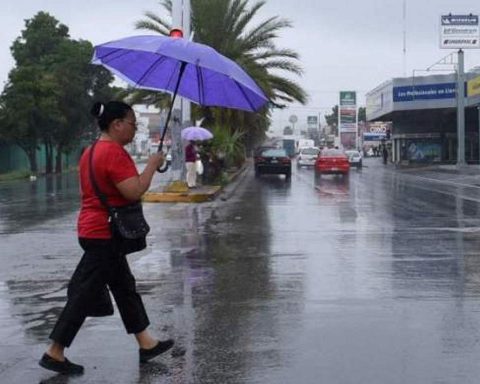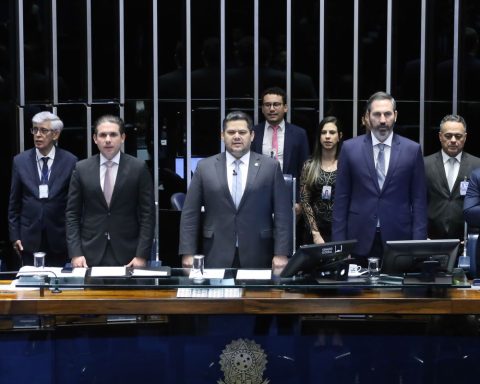In general, the public perception of the positive quality of the urban cleaning service increased 9.6% from the measurement carried out in January of this year by the OVSP
The latest study carried out by the Venezuelan Observatory of Public Services (OVSP) revealed that 74.9% of Venezuelans, consulted in 12 cities, stated that they received solid waste collection services. However, there is 24.9% of citizens who indicated that they do not receive waste collection at their homes.
According to the OVSP study carried out in May 2022, of the respondents who ensured the effective provision of the urban cleaning service in their homes, 69.6% gave a favorable opinion about the quality of said service.
The cities with the highest values of positive perception were Porlamar (81.3%), Valencia (81.0%) and San Cristóbal (78.8%), while the lowest percentages were observed in Ciudad Bolívar (54.3%). ), San Fernando (52.2%) and Barinas (51.2%).
In general, the citizen’s perception of the positive quality of the urban cleaning service increased 9.6% from the measurement made in January of this year by the OVSP.
The organization pointed out that 92.1% of the group of respondents who receive solid waste collection gave a favorable opinion due to the frequency of collection or because they considered the passage of the units adequate. Among the frequencies indicated by those consulted, 34.0% receive the collection service once a week, 19.1% at least two days a week, 12.5% three times a week, 11.8% have the collection every day, 1.1% at least five days a week.
Likewise, 8.7% stated that the solid waste collection service is provided every 15 days, 5.7% once a month and 2.2% almost never.
According to studies published by the Pan American Center for Sanitary Engineering and Environmental Sciences (CEPIS) and the Pan American Health Organization (PAHO), “frequency less than twice a week is risky for health,” furthermore, adding that “frequency collection tends to vary according to the degree of urbanization, the accessibility of the areas served and demographic characteristics, among others”.
The organization pointed out that the previous statements denote two possibilities observed by the OVSP, which are that 46.0% of those surveyed meet or exceed the minimum recommendation for waste collection expressed by CEPIS and PAHO; while 51.7% of users in the 12 cities do not receive the collection recommended by said
organizations.
According to the research, 48.1% of the group of users who do not receive collection in their homes transfer the waste to a nearby dump, 19.0% said that they burn it, 12.8% place it on public roads or entrance of their homes, 12.7% pay a truck to collect the waste and 6.9% carry out other activities to solve the lack of service.
Post Views:
77
